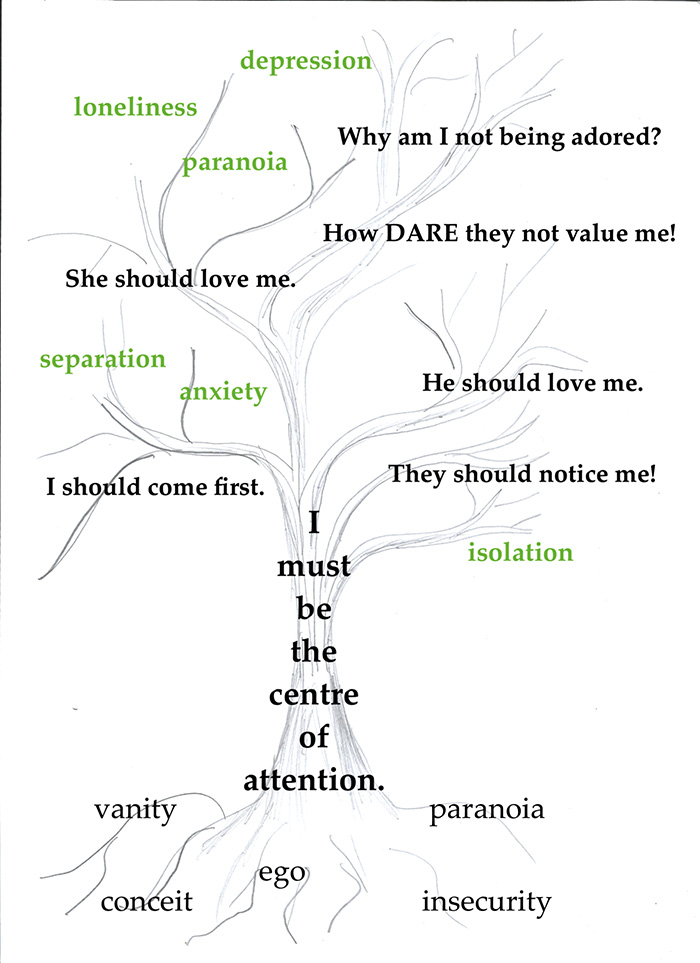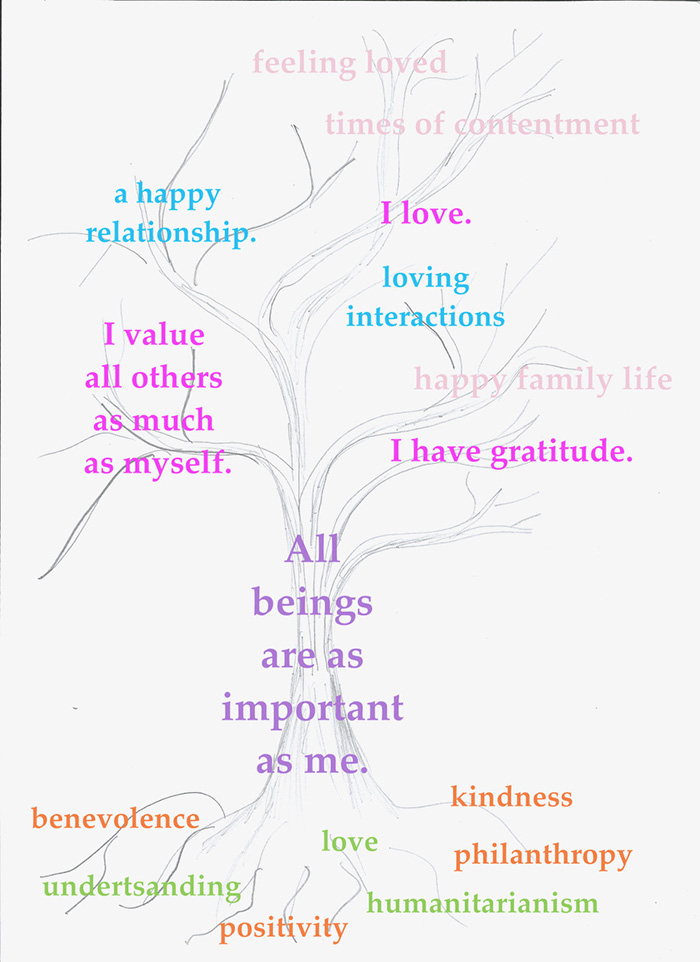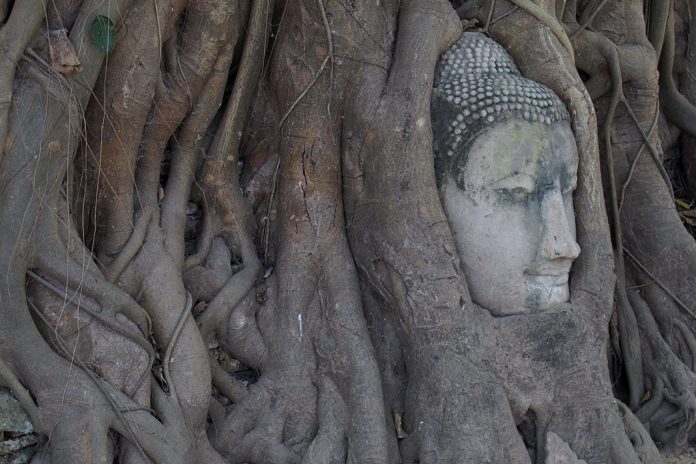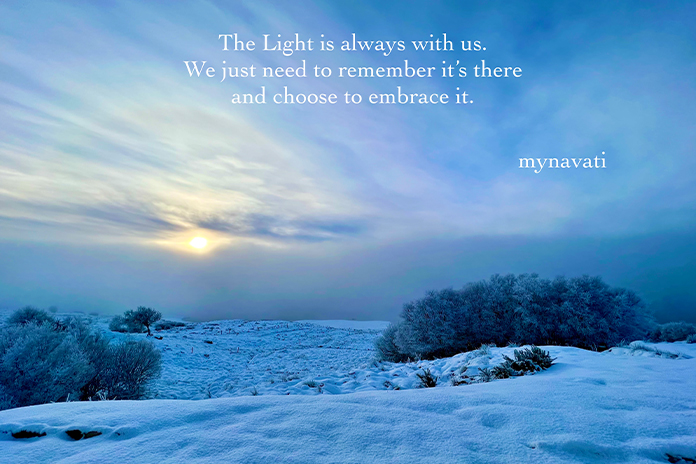Cutting the Vasana Tree;
Dissolving the Roots
Remember, the one who is a slave to impulses and tendencies (Vasanas)
is devoid of Jnana (wisdom)
In truth, such a person is a weakling.
The impulses invade the heart, causing endless trouble.
They remind you of the pleasures of past experiences
And make you crave for them again.
The desires that arise this, make the senses and their leader
The mind, restless; having no choice, you then pursue these cravings.
The impulses operate so subtly and powerfully
That all this happens in the twinkling of an eye.
Just as the seed contains within itself the trunk, branches and twigs.
Leaves, flowers and fruits, so too,
All these effects lie dormant in the Vasanas.
But let me assure you—there is no cause for despair!
You can regain your Divine nature that was lost by neglect
As soon as you uproot your impulses.
Sri Sathya Sai Baba – Dhyana Vahini
A Vasana is an underlying psychological-psychic imprint in one, caused by a continual mind-patterning strengthened by repetition. This imprint-patterning is compulsed to repeat itself and express itself, again and again, in a myriad of ways. It embeds itself in the sub-conscious and imbues our latent tendencies, compelling the one holding the pattern, to repeat actions and reactions ad-infinitum through craving and desire. Indeed it is the most fundamental addiction one has and from which all other related addictions stem from. A Vasana pattern is a jailor which imprisons you from freedom and which keeps you an addict.
Vasanas can be positive or negative. Usually we have many, but on closer reflection they can be seen to be related to each other and to one or two fundamental deep imprints, usually stamped upon us in childhood, when we are impressionable, innocent, sponge-like and open. This branding interrelates uniquely with our personality and latent tendencies and as we grow, creates patterns in us that shape our personality, choices, fears, reactions, preferences, likes and dislikes. It influences our emotional, mental and spiritual potential and balance.
The clearest, most powerful way to lessen the influence of a Vasana, to dissolve its power, is to identify it, to witness it, thereby to understand its delusional nature. But one may ask how one can identify a pattern when one is the pattern in action? It is difficult, but it can be done. The purpose of this writing is to help explore how one can do this and live a happier and freer life.
The use of symbolism can help us detach sufficiently to perceive what is difficult to “see” because of close proximity. When we have the opportunity to observe what is underlying our motives and actions we have the breakthrough, the potential, to dis-identify with them. When we disengage the lock of an imprisoning Vasana, the lock is never as secure again no matter how many times it tries to recapture us.
Inspired by Swami’s analogy in the opening quotation, we can use the symbol of a Vasana Tree in order to gain insight into our habitual tendencies and pre-dispositioned patternings.
Imagine a tree of your choice. A large solid tree with many branches and strong roots. The trunk of the tree symbolises your strongest, earliest Vasana imprint(s). Here, let’s say it is “I must be the centre of attention.”

The roots, which feed and nourish the tree, are the subtle influences which support our self-obsession. They are all the Me, Me, Me’s… The I, I, I’s… vanity, conceit, insecurity, paranoia, ego…
The branches are the variations and levels of our self-obsession. He/she/they should love me… They should notice me… Why I am not being adored?… I should come first… How dare they not value me…and so on.
The leaves and fruits are those of wounding, crisis, catastrophe, born as a result of the off-shoots of our self-obsession. Identifying them, facing them, is challenging, but in making them conscious, seeing the reality of what the fruits of our actions are, can help treat the compulsions, if not cure them. For example, here they may be situations of isolation, loneliness, depression, anxiety, paranoia and separation.
I believe Vasanas can be overridden and overcome. However, like any compulsion or obsession, may not be entirely curable. This means that the seeds are always ready to grow given the right circumstances, the right conditions for them to do so. But having awareness of the patterns, the signals of when they are attempting to come into being, can thwart them enough, stifle them sufficiently to disempower them; to have a happier life, both worldly and spiritually. It is my belief that, with increasing awareness, they can be dissolved sufficiently to have little power. Without this awareness our spiritual growth cannot happen and our lives will be imbued with suffering.
Draw your tree, write on it, paint it, discover the main power of the trunk, identify its branches. Discover how the roots nourish. Use the image as a means of contemplation and reflection. When you feel that you have fully connected and engaged with your Vasana Tree, you may draw another, one that is in direct contradiction to what you have done. This is a very important, transformative, blessed, energy healing. Claiming the direct opposite, in effect, neutralizes and balances. It gives the opening to choose positively. Give yourself this opportunity.
Doing this exercise is akin to cutting off the branches and base of a diseased tree so that it falls. It cannot continue to grow. In its place a new tree can be planted. A healthy tree, strong and vibrant which is complete in itself and which gives strength and nourishment to all beings who draw near to it.

Here, in contrast to the previous “negative”self-centred Vasana Tree, the new trunk is selfless; “All beings are as important as me.” The roots which feed and nourish our love and positivity, the subtle influences which support our selflessness here are qualities of kindness, philanthropy, humanitarianism, gratitude, understanding, benevolence and so on.
An example of the various branches, the off-shoots, could be, I love, I have gratitude, I happily serve, I value all others as much as myself and so on.
The fruits of one’s tree can be imagined as those of Self-fulfilment. For example, examples of a happy relationship; of loving interactions; of feeling loved; of happy family life; of times of contentment and so on.
Please see the examples drawn in the two sketches. Try this exercise. Be kind to yourself, acknowledge your courage in facing yourself. Importantly, claim the Truth that you are more than your patterns, good and bad, ALWAYS and that the Truth of you can and will fully heal you. Claim your divinity and actively engage in healing your small, wounded self. You will recover. You will, as Swami promises, regain your Divine nature free of the poisons of Vasanas.
In Part 2 I will examine Vasanas as Addictions and how to recover from them. Coming soon.
May we be happy and have the causes of happiness
May we be free of suffering and the causes of suffering
May we live happily and take care of ourselves happily and healthily.
Loving blessings
Mynavati













